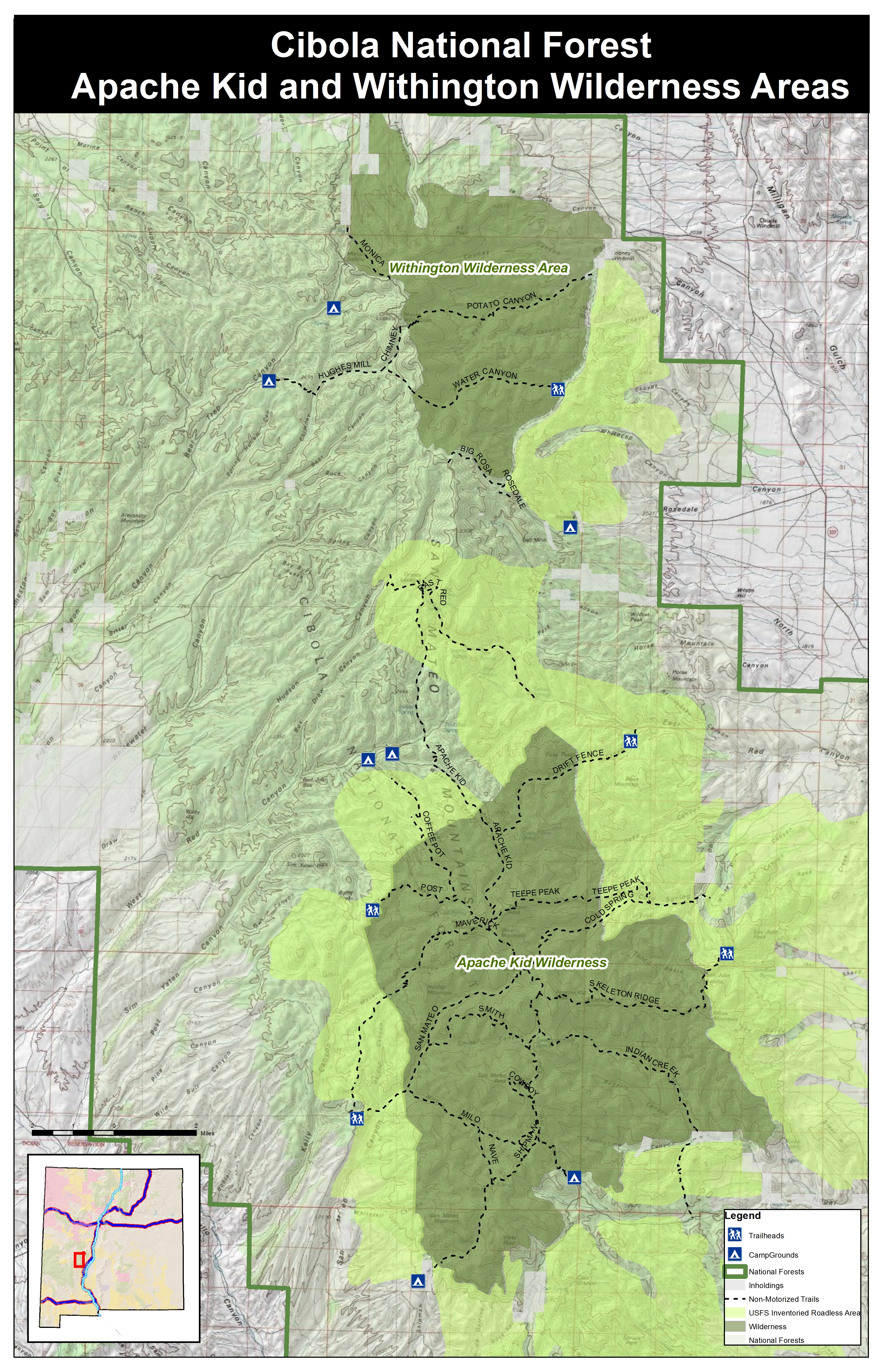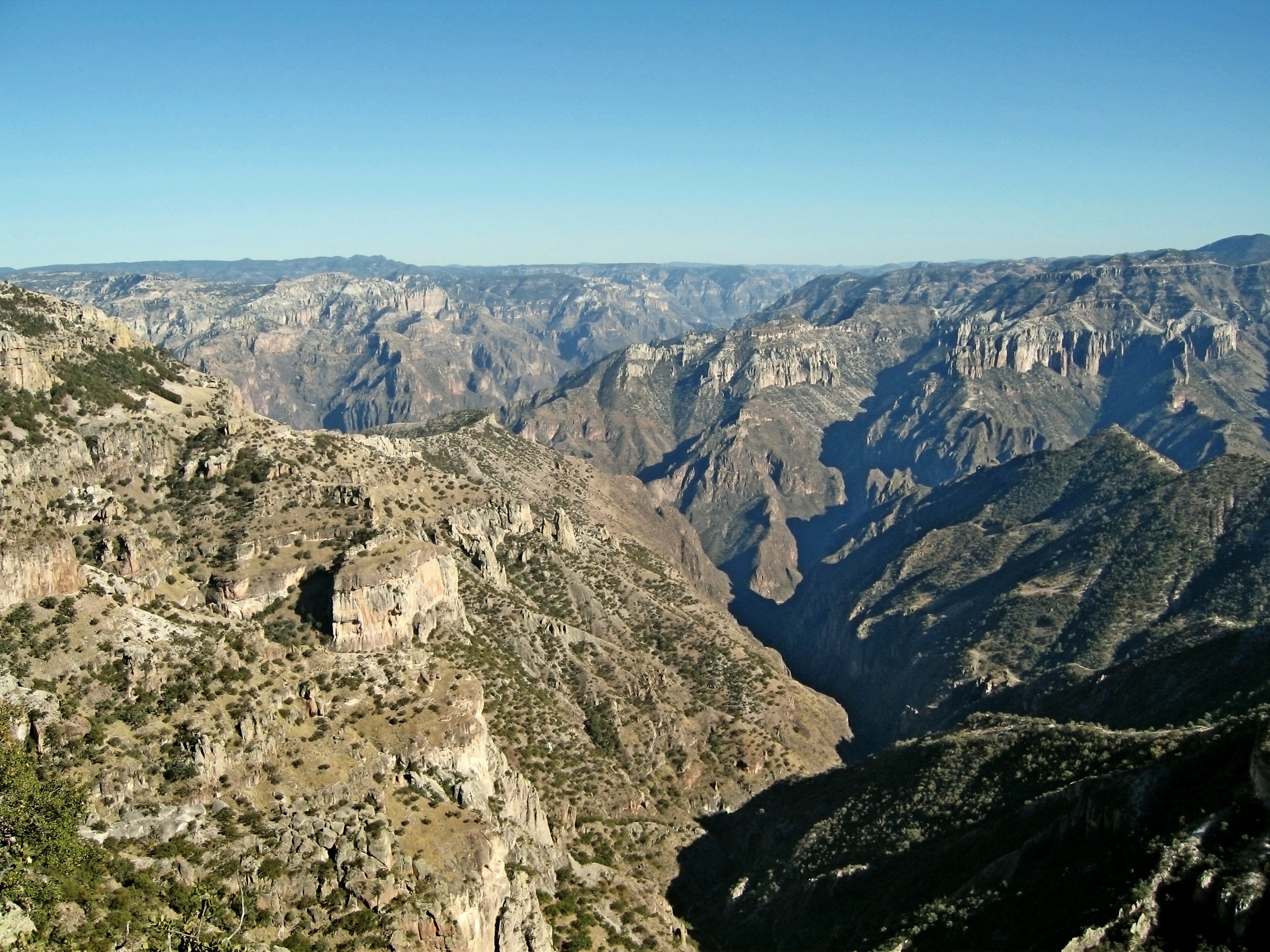|
Apache Kid
Haskay-bay-nay-ntayl ( 1860 – in or after 1894), better known as the Apache Kid, was born in Aravaipa Canyon (25 miles (40 kilometers) south of San Carlos Agency) into one of the three local groups of the Aravaipa/Arivaipa Apache Band (in Apache:''Tsee Zhinnee'' – ″Dark Rocks People″) of San Carlos Apache, one subgroup of the Western Apache people. As a member of what the U.S. government called the "SI band", Kid developed important skills and became a famous and respected scout and later a notorious renegade active in the borderlands of the U.S. states of Arizona and New Mexico in the late 19th and possibly the early 20th centuries. His exact date of birth is unknown, but he is believed to have been born sometime in the 1860s. His year of death is generally given as 1894, but some New Mexico cattle ranchers claimed he was alive until the 1930s. The Apache Kid Wilderness in New Mexico is named after him.Julyan, Bob and Till, Tom (1998) ''New Mexico's Wilderness ... [...More Info...] [...Related Items...] OR: [Wikipedia] [Google] [Baidu] |
San Carlos Apache Indian Reservation
The San Carlos Apache Indian Reservation ( Western Apache: Tsékʼáádn), in southeastern Arizona, United States, was established in 1872 as a reservation for the Chiricahua Apache tribe as well as surrounding Yavapai and Apache bands removed from their original homelands under a strategy devised by General George Crook of setting the various Apache tribes against one another. Once nicknamed "Hell's Forty Acres" during the late 19th century due to poor health and environmental conditions, today's San Carlos Apaches successfully operate a Chamber of Commerce, the Apache Gold and Apache Sky Casinos, a Language Preservation program, a Culture Center, and a Tribal College. History On December 14, 1872, President U.S. Grant established the San Carlos Apache Reservation. The government gave various religious groups responsibility for managing the new reservations, and the Dutch Reformed Church was in charge of the San Carlos Apache Indian Reservation. The church chose John Clum, w ... [...More Info...] [...Related Items...] OR: [Wikipedia] [Google] [Baidu] |
Apache Kid Wilderness
Apache Kid Wilderness is a Wilderness area located within the Magdalena Ranger District of the Cibola National Forest in the state of New Mexico.Apache Kid Wilderness - Wilderness.net Straddling a southern portion of the San Mateo Mountains of southwestern , the area is characterized by rugged, narrow, and steep canyons bisecting high mountain peaks exceeding . The highest peak is [...More Info...] [...Related Items...] OR: [Wikipedia] [Google] [Baidu] |
Eskiminzin
Eskiminzin ( ''Ndee biyati' / Nnee biyati: "Men Stand in Line for Him"; or ''Hashkebansiziin'', ''Hàckíbáínzín'' - "Angry, Men Stand in Line for Him", 1828–1894) was a local group chief of the Aravaipa band of the San Carlos group of the Western Apache during the Apache Wars. Born about 1828 near the Pinal Mountains as a Pinaleño/Pinal Apache, through marriage into the Aravaipa, he became one of them and later their chief. He desired a lasting peace between the indigenous peoples of America and the whites. In 1871, Eskiminzin and the Pinaleño/Pinal band of the San Carlos Apaches under Capitán Chiquito accepted an offer by the US Government to settle down and plant crops in the vicinity of Camp Grant, a fort near modern-day Tucson, Arizona. The plan was short-lived; on April 30, 1871, a band of anti-Apache American civilians under William S. Oury, Mexican civilians under Jesús María Elías, and Tohono O'odham warriors under their chief Francisco Galerita launched a m ... [...More Info...] [...Related Items...] OR: [Wikipedia] [Google] [Baidu] |
Fort Apache Indian Reservation
The Fort Apache Indian Reservation is an Indian reservation on the border of New Mexico and Arizona, United States, encompassing parts of Navajo, Gila, and Apache counties. It is home to the federally recognized White Mountain Apache Tribe of the Fort Apache Reservation (Western Apache language: Dził Łigai Si'án N'dee), a Western Apache tribe. It has a land area of 1.6 million acres and a population of 12,429 people as of the 2000 census.Fort Apache Reservation, Arizona , United States Census Bureau The largest community is in Whiteriver. History Apache is a colonial classification term for the White Mountain Apache and all other Apache peoples. The White Mountain Apache consisted of three major groups that ...[...More Info...] [...Related Items...] OR: [Wikipedia] [Google] [Baidu] |
Mexico
Mexico ( Spanish: México), officially the United Mexican States, is a country in the southern portion of North America. It is bordered to the north by the United States; to the south and west by the Pacific Ocean; to the southeast by Guatemala, Belize, and the Caribbean Sea; and to the east by the Gulf of Mexico. Mexico covers ,Mexico '' The World Factbook''. . making it the world's 13th-largest country by area; with approximately 12 ... [...More Info...] [...Related Items...] OR: [Wikipedia] [Google] [Baidu] |
Sierra Madre Occidental
The Sierra Madre Occidental is a major mountain range system of the North American Cordillera, that runs northwest–southeast through northwestern and western Mexico, and along the Gulf of California. The Sierra Madre is part of the American Cordillera, a chain of mountain ranges (cordillera) that consists of an almost continuous sequence of mountain ranges that form the western 'sounds' of North America, Central America, South America and West Antarctica. Etymology The Spanish name ''sierra madre'' means "mother mountain range" in English, and ''occidental'' means "western", these thus being the "Western mother mountain range". To the east, from the Spanish ''oriental'' meaning "eastern" in English, the Sierra Madre Oriental range or "Eastern Mother Mountains" runs generally parallel to the Sierra Madre Occidental along eastern Mexico and the Gulf of Mexico. The range extends from northern Sonora, a state near the Mexico–U.S. border at Arizona, southeastwards to the ... [...More Info...] [...Related Items...] OR: [Wikipedia] [Google] [Baidu] |
Sergeant
Sergeant ( abbreviated to Sgt. and capitalized when used as a named person's title) is a rank in many uniformed organizations, principally military and policing forces. The alternative spelling, ''serjeant'', is used in The Rifles and other units that draw their heritage from the British light infantry. Its origin is the Latin , 'one who serves', through the French term . The term ''sergeant'' refers to a non-commissioned officer placed above the rank of a corporal, and a police officer immediately below a lieutenant in the US, and below an inspector in the UK. In most armies, the rank of sergeant corresponds to command of a squad (or section). In Commonwealth armies, it is a more senior rank, corresponding roughly to a platoon second-in-command. In the United States Army, sergeant is a more junior rank corresponding to a squad- (12 person) or platoon- (36 person) leader. More senior non-commissioned ranks are often variations on sergeant, for example staff sergeant, gu ... [...More Info...] [...Related Items...] OR: [Wikipedia] [Google] [Baidu] |
Apache
The Apache () are a group of culturally related Native American tribes in the Southwestern United States, which include the Chiricahua, Jicarilla, Lipan, Mescalero, Mimbreño, Ndendahe (Bedonkohe or Mogollon and Nednhi or Carrizaleño and Janero), Salinero, Plains (Kataka or Semat or " Kiowa-Apache") and Western Apache ( Aravaipa, Pinaleño, Coyotero, Tonto). Distant cousins of the Apache are the Navajo, with whom they share the Southern Athabaskan languages. There are Apache communities in Oklahoma and Texas, and reservations in Arizona and New Mexico. Apache people have moved throughout the United States and elsewhere, including urban centers. The Apache Nations are politically autonomous, speak several different languages, and have distinct cultures. Historically, the Apache homelands have consisted of high mountains, sheltered and watered valleys, deep canyons, deserts, and the southern Great Plains, including areas in what is now Eastern Arizona, Norther ... [...More Info...] [...Related Items...] OR: [Wikipedia] [Google] [Baidu] |
George Crook
George R. Crook (September 8, 1828 – March 21, 1890) was a career United States Army officer, most noted for his distinguished service during the American Civil War and the Indian Wars. During the 1880s, the Apache nicknamed Crook ''Nantan Lupan'', which means "Grey Wolf." Early life and military career Crook was born to Thomas and Elizabeth Matthews Crook on a farm near Taylorsville, Ohio. Nominated to the United States Military Academy by Congressman Robert Schenck, he graduated in 1852, ranking near the bottom of his class. He was assigned to the 4th U.S. infantry as brevet second lieutenant, serving in California, 1852–61. He served in Oregon and northern California, alternately protecting or fighting against several Native American tribes. He commanded the Pitt River Expedition of 1857 and, in one of several engagements, was severely wounded by an Indian arrow. He established a fort in Northeast California that was later named in his honor; and later, Fort Ter ... [...More Info...] [...Related Items...] OR: [Wikipedia] [Google] [Baidu] |
Al Sieber
Al Sieber (February 27, 1843 1844 was a leap year, leading to some confusion about Sieber's birth date. His tombstone in Globe gives his birth date as 1844, as does the book ''Chief of Scouts''. Both are incorrect. – February 19, 1907) was a German-American who fought in the U.S Civil War and in the American Old West against Indians. He became a prospector and later served as a Chief of Scouts during the Apache Wars. Early life Albert "Al" Sieber was born in Mingolsheim, Baden as the 13th of 14 children. He was baptized on March 1, 1843, in St. Lambertus Church, Mingolsheim. His father Johannes died on September 16, 1845. Between March and April 1851, three years after the " Badian Revolution", his mother Eva Katharina née Fischer, emigrated with her still living eight children (six had already died) to Lancaster, Pennsylvania. The family moved to Minnesota several years later. Civil War service He enlisted on March 4, 1862, in Company B, 1st Minnesota Volunteer Inf ... [...More Info...] [...Related Items...] OR: [Wikipedia] [Google] [Baidu] |
Yuma People
The Quechan (or Yuma) (Quechan: ''Kwatsáan'' 'those who descended') are a Native American tribe who live on the Fort Yuma Indian Reservation on the lower Colorado River in Arizona and California just north of the Mexican border. Despite their name, they are not related to the Quechua people of the Andes. Members are enrolled into the Quechan Tribe of the Fort Yuma Indian Reservation. The federally recognized Quechan tribe's main office is located in Winterhaven, California. Its operations and the majority of its reservation land are located in California, United States. History The historic Yuman-speaking people in this region were skilled warriors and active traders, maintaining exchange networks with the Pima in southern Arizona, New Mexico, and with peoples of the Pacific coast. The first significant contact of the Quechan with Europeans was with the Spanish explorer Juan Bautista de Anza and his party in the winter of 1774. Relations were friendly. On Anza's return fr ... [...More Info...] [...Related Items...] OR: [Wikipedia] [Google] [Baidu] |

.jpg)





